What Types Of Metals Can Be Detected By Metal Detector
What Types Of Metals Can Be Detected By Metal Detector
Metal detecting will open up a world full of excitement and outdoor adventure as newspapers as well as TV reports assure that you can find fortune as long as you are sure to buy a good metal detector. It is quite possible to quickly find the treasure after buying a suitable electric tool, but of course you also have to be prepared for all possibilities as you may be disappointed as during this quest you may come across different things, such as beer cans or silver chips. But the hobby is well worth the effort because you can find money and valuables too which means metal detectors can locate just about anything. However, are there any metals that a metal detector can’t identify?
Things that a metal detector can find
A metal detector is capable of detecting all types of metals. These metals are divided into two categories, the first is ferrous and the second is non-ferrous. Ferrous refers to any metal that is attracted to a magnet. Ferrous metals are the easiest to detect due to the fact that they have magnetic properties. And if the metal is conductive, the chances of it being located are high. Although it rusts when exposed to air and water, iron materials are still easy to find. Examples of ferrous metals include nails, staples, and screws.
The second category, non-ferrous metals, refers to non-magnetic metals, which include many examples such as copper, aluminum, brass, and lead. And some electrical tools used in metal detection can even determine the location of the manganese element.
Metals that a Metal Detector Cannot Detect
Metal detectors work on the basis of electromagnetism, as we have already mentioned, and this basically means that they emit electromagnetic fields that change over time and listen to the waves coming from these conductive elements. It can be said that the most difficult metal to detect is stainless steel. The reason for the inability of the device to locate stainless steel is due to its poor electrical conductivity.
And we can conclude that based on the definition of stainless steel that has a low magnetic permeability, which means that it does not produce a strong signal that is enough to be recognized.
As for the other elements that the metal detector will not identify, they include gemstones, pearls, bones and diamonds, and paper and stone shapes are added to them.
Can a metal detector be set to detect gold only?
Bearing in mind that there are many variants with alloys and exact sizes, unfortunately we have to tell you that it is not possible for you to adjust the device to locate only one type of metal.
You might read a large piece of gold high up on the screen, while a small piece could read very low. In addition, there are some metals that have almost identical properties, which confuses the process of reading them, even when using the most complex electronic devices, which means that you will normally make some mistakes from time to time.
VLF (Very Low Frequency) Metal Detectors
A VLF metal detector is a single or multi-frequency device that consists of a constant sine wave. The sine wave(s) reaches down and into the ground to locate a metallic target. Once it begins, the device charges the target and releases an eddy current which consists of loops of electrical current produced within conductors by an alternating magnetic field in the conductor. This current is then sent back as a signal which tells you that you have found a target!
A common misunderstanding with gold metal detectors is that you cannot get a good amount of depth from a VLF metal detector. This belief is not true, because as long as you have the VLF machine accurately set up and you are using the best detector in the proper conditions with the appropriate coil, you can unquestionably get depth with these machines. Of course, a VLF detector can have an advantage on shallow, smaller targets, on and off of different ground conditions. The trick is to keep it stabilized, ground balanced, and the sensitivity is set correctly, this will improve your chances of finding some of the smallest gold nuggets and jewelry, even some in the grain over gram range.
PI (Pulse Induction) Metal Detectors
The best and simplest description of a PI metal detector is a device that first talks to then listens intently. The PI machine differs from the VLF detectors as it does not utilize a continuous sine wave. It uses a pulse that alternates swiftly between turning on and off. If you are looking to hunt in highly mineralized soil your best bet would be to use a PI machine as they perform better than VLF. This is due to their ability to measure the speed of the signal decay of the target and the surrounding ground around it.
Nonetheless, there are areas like low mineralization deposit areas where a PI machine will just not work to its whole potential and in these areas, you are better off with a VLF device. For instance, if you have unreasonable cold or hot rocks and or strange salts, there have been occasions when a VLF metal detector has been beaten by a PI machine at finding targets.
How Do Frequencies Work in VLF Metal Detectors?
VLF Metal Detectors work with a range of high and low frequencies. Higher frequencies will allow you to find smaller targets closer to the surface and Lower ones will allow you to search deeper to find larger, more conductive targets.
No frequency or machine works better than another. It is all due to the conditions of the ground, finely-tuned settings, and your coil size that matters. Experienced gold prospectors will often have both VLF & PI types of machines with them on a hunt. This is to be prepared for unpredictable conditions they may face and having more options is always better in this case.
Have You Ever Heard of a Hot Rock?
In the gold detecting industry, one question we often hear is “What is a Hot Rock?” Hot rocks are disruptive, ground conditions picked up by a metal
detector, and are seen as a target. They are magnetic or have magnetic properties that stand out in the surrounding ground. It is essential to learn how to properly mitigate them and reduce the number of hot rocks you come in contact with. Yet, even for the most seasoned detectorist, they can seldom be completely evaded.
The Two Type of Ground Mineralization
Two types of mineralization are relevant to gold nugget hunting. The first type is high mineralization. This means that high mineralization exists inside the ground, where the ground contains hot rocks or cold stones. The second type of mineralization is moderate or benign. Here the ground has less mineralization. Many people often mistake the definitions and confuse hot mineralization for hot rocks, these are two different things.
Benign or moderate mineralization can also contain hot rocks, and it’s really this combination that can make the mitigation of this to be very challenging.
One other misunderstanding is thinking orange soil is always hot. It’s quite possible that if you notice orange soil, it’s usually hot. Still, it could simply be a red iron pigment. It’s vital not to instantly jump to that conclusion.
Gold Metal Detectors Use Three Types of Coils
1.Mono Coils: PI machines use mono coils. It is a single winding design that puts a concentric pattern toward the ground. If you are looking for more depth you are better off with a mono coil. However, they are more sensitive to ground mineralization noise and they can be affected by the ground mineralization itself. If you are considering using a mono coil, you have to be very conscious of what your overlap is. One other potential issue when using mono coils for gold detecting is knowing when to switch from Mono and go to a Double D coil. To answer this, you should only switch when you feel you can no longer search with any considerable results.
2.Double D Coils: You can use Double D coils for both PI and VLF metal detectors. They come equipped with two back-to-back D-shaped windings within the coil. The windings allow the metal detector to both transmit and receive across the face of the coil working together simultaneously. The ingenious design of a Double D coil can be compared to that of a fine blade that goes into the ground down the core of the coil. Double D’s are great at approaching mineralization where it typically catches the ground mineralization and spreads it all the way across the blade decreasing its effects.
3.Concentric Coils: Last but not least is the concentric coil. Countless people think concentric coils are identical to mono coils though, that is not the case. Mono coils are produced for a pulse induction detector using one winding whereas concentric coils operate with VLF detectors by utilizing two separate windings one sends one to receive. Nevertheless, they are similar in composition, they work in two completely distinct ways for two completely distinct detectors.
Elliptical vs. Round Coils
The most important factor to look at here is the fact that coils are actually measured from a coil configuration. In this perception, we can understand that size does not create a difference here but the shape does. For example, a 14×10 coil will have the same characteristics as a 12-inch coil. So, this begs the question, why do we have two different types? The fundamental difference here is that elliptical coils work remarkably well in complex areas such as in between bushes and rocks.
Discrimination in Gold Metal Detectors
There is no absolutely accurate nonferrous discrimination on gold detecting and discrimination for gold is serious. Iron discrimination is truly the only type of discrimination on a gold detector and at most beneficial, this discrimination works to some degree.
Understanding these signals is critical can lead to missed gold, so try your hardest to operate your gold detector to the best of its ability without suspecting anything. Even with the greatest iron discrimination, you should dig these targets until you definitely know they are ferrous junk, knowing that if there is any wavering in the signal of another target that sounds similar has to be dug.
Related Articles
- Gold Detectors 2022
- VLF Metal Detector
- 3D Metal Detectors || All You Need To Know
- Pulse Induction Metal Detector
- Metal Detector Prices , How Much Does a Metal Detector Cost?
- How to Choose the Best Gold Detectors 2022
- How Does a Metal Detector Work?
- 3D Gold Detector

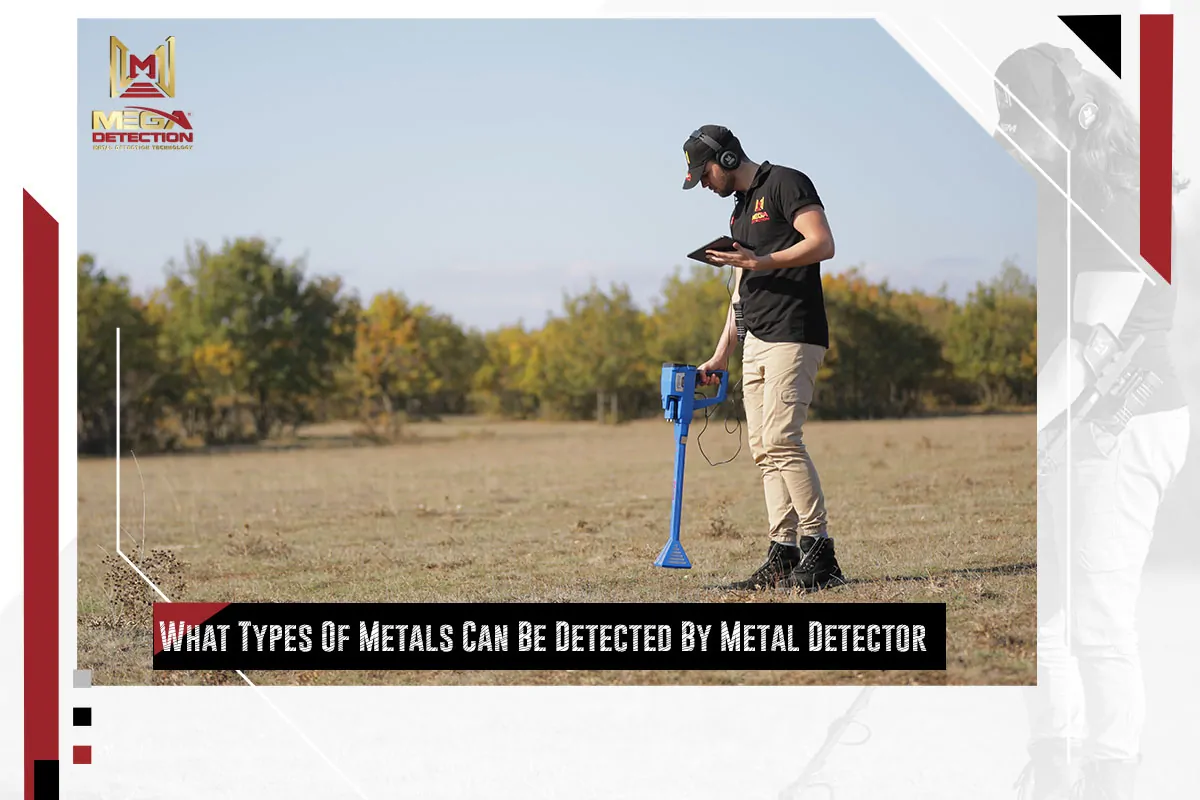
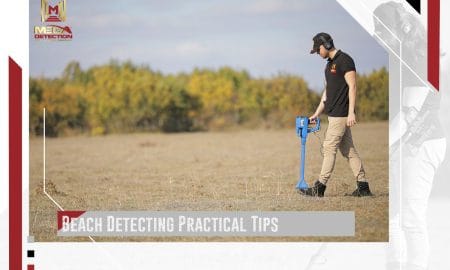
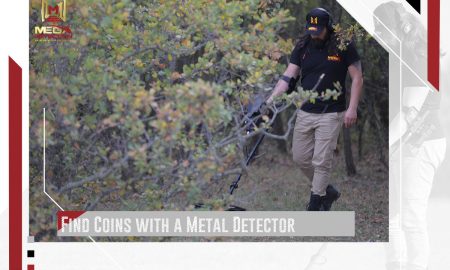
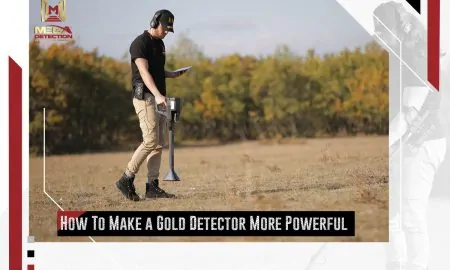

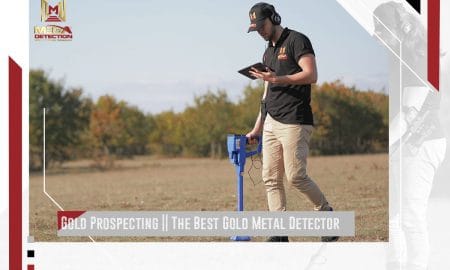

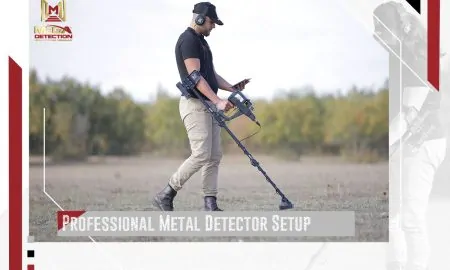

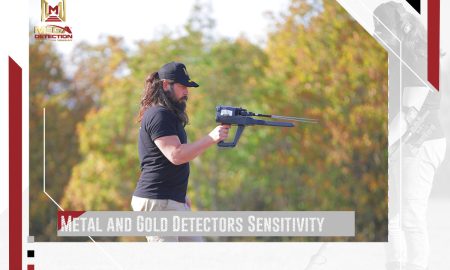
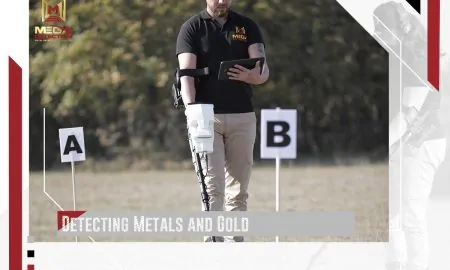
Leave a Reply